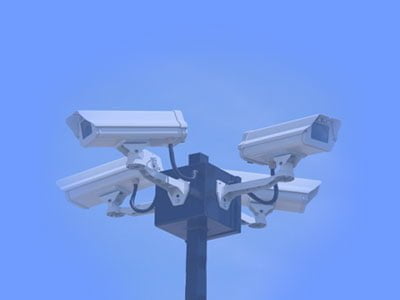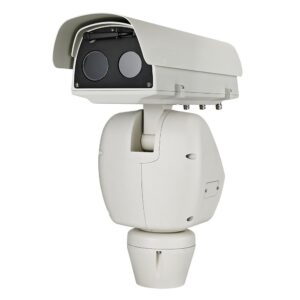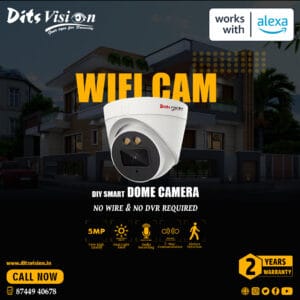Understanding camera features is essential for choosing the right equipment for your needs. Here are some crucial short forms used in camera features:
ISO (International Organization for Standardization):
- What It Does: Controls the camera sensor’s sensitivity to light. A higher ISO value means the sensor is more sensitive, allowing for better performance in low-light conditions.
- Use Case: Useful for shooting in dim environments without using a flash. However, high ISO can introduce grain or noise into the images.
- Example: When shooting indoors or at night, increasing the ISO can help capture a brighter image.
FPS (Frames Per Second):
- What It Does: Measures how many individual frames a camera can capture in one second. Higher FPS provides smoother video playback.
- Use Case: Essential for high-speed photography or videography, such as recording sports events or action scenes.
- Example: A camera shooting at 60 FPS captures smoother video than one shooting at 30 FPS, making it ideal for fast-moving subjects.
WDR (Wide Dynamic Range):
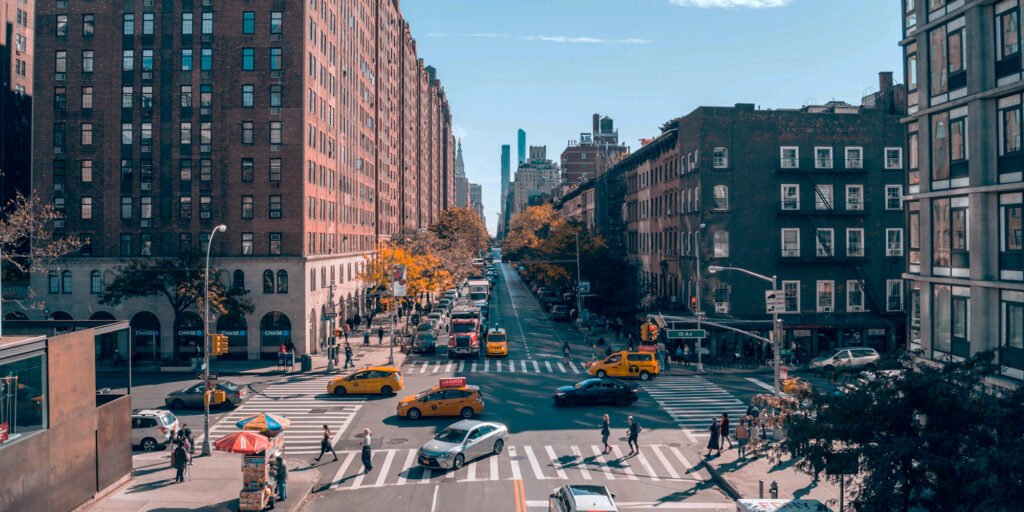
- What It Does: Balances the lighting of an image by capturing multiple exposures and combining them to highlight details in both bright and dark areas.
- Use Case: Ideal for environments with stark contrasts between light and dark, such as shooting in a room with bright windows and dark corners.
- Example: Security cameras use WDR to provide clear images even when the sun is shining directly into the lens.
FOV (Field of View):
- What It Does: Determines how much of the scene in front of the camera is captured. A wider FOV means more area is included in the shot.
- Use Case: Crucial for landscape photography, action cameras, and security cameras where capturing a broad area is necessary.
- Example: A camera with a 120-degree FOV captures more of a room compared to one with a 90-degree FOV, making it useful for wide-angle shots.
HDR (High Dynamic Range):
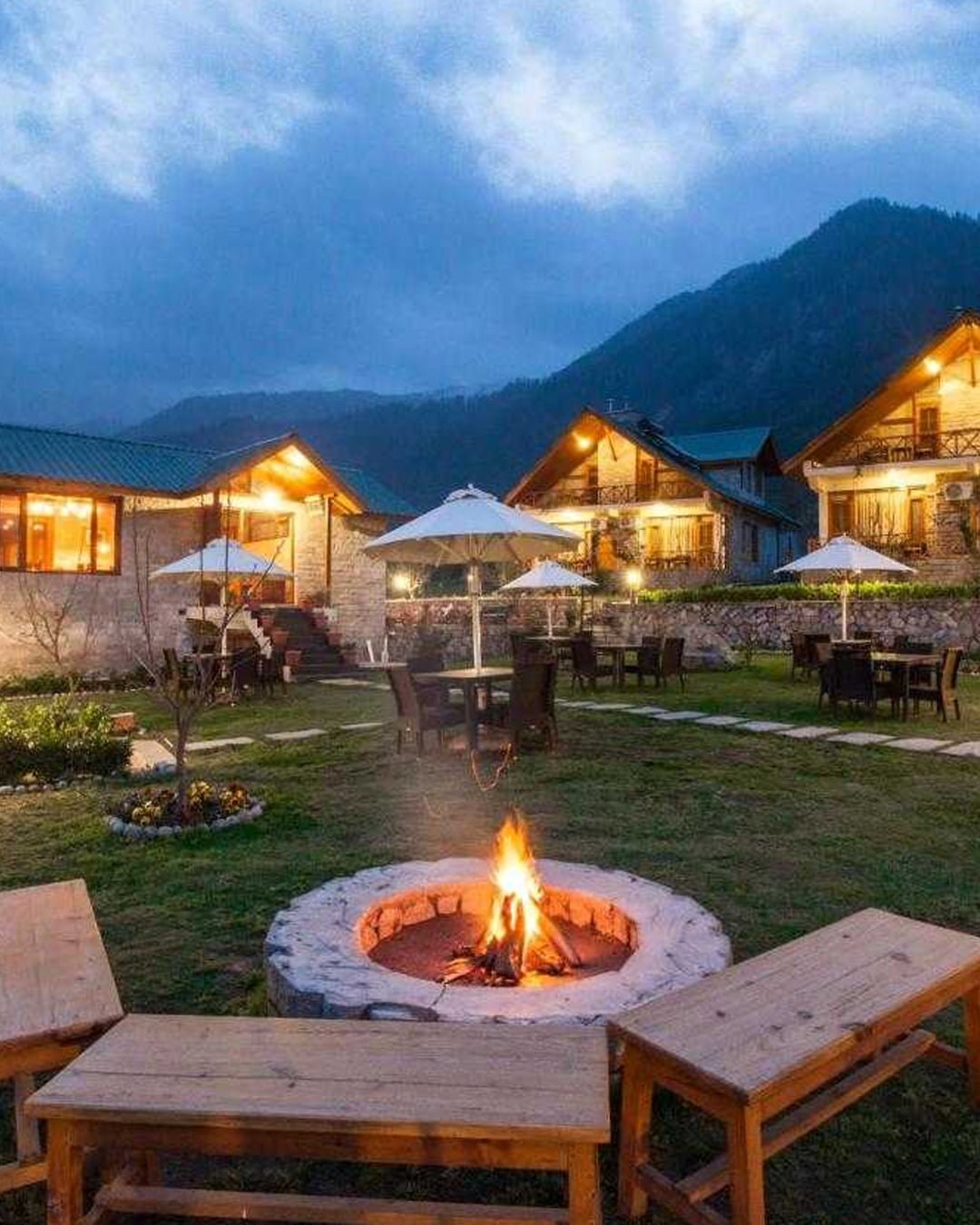
- What It Does: Enhances image details in both shadows and highlights by combining multiple exposures into one image.
- Use Case: Useful in scenes with high contrast between bright and dark areas.
- Example: HDR mode can improve the quality of images taken during sunrise or sunset.
AF (Autofocus):
- What It Does: Automatically adjusts the camera lens to focus on the subject.
- Use Case: Ensures sharp and clear images, especially in dynamic shooting environments.
- Example: Most modern cameras have AF to quickly lock focus on moving subjects.
DOF (Depth of Field):
- What It Does: Refers to the range of distance within a photo that appears acceptably sharp.
- Use Case: Controls what parts of an image are in focus, useful for portraits and landscape photography.
- Example: A shallow DOF isolates the subject from the background, while a deep DOF keeps more of the scene in focus.
EV (Exposure Value):
- What It Does: Represents a combination of the camera’s shutter speed and aperture, influencing the exposure.
- Use Case: Adjusting EV helps in achieving the correct exposure under different lighting conditions.
- Example: Increase EV in bright scenes and decrease it in dark scenes.
OIS (Optical Image Stabilization):
- What It Does: Reduces blur caused by camera motion during exposure.
- Use Case: Useful for handheld photography and videography, particularly in low-light conditions.
- Example: OIS helps in taking sharp photos without a tripod.
CPL (Circular Polarizer):
- What It Does: Reduces reflections and glare from non-metallic surfaces and enhances color saturation.
- Use Case: Enhances the quality of outdoor photography by deepening the color of skies and reducing reflections.
- Example: CPL filters are commonly used in landscape photography to achieve vibrant skies.
AEB (Auto Exposure Bracketing):
- What It Does: Captures multiple shots with different exposures to ensure the best possible exposure.
- Use Case: Helpful in HDR photography and scenes with varying light levels.
- Example: AEB is often used in landscape photography to combine exposures for an evenly exposed image.
RAW (Raw Image Format):
- What It Does: Contains unprocessed image data directly from the camera’s sensor.
- Use Case: Provides greater flexibility in post-processing, allowing for significant adjustments without quality loss.
- Example: Professional photographers shoot in RAW to have more control over the final image.
JPEG (Joint Photographic Experts Group):
- What It Does: A commonly used method of lossy compression for digital images.
- Use Case: Ideal for quickly sharing and displaying images with smaller file sizes.
- Example: Most consumer cameras and smartphones default to JPEG for everyday photography.
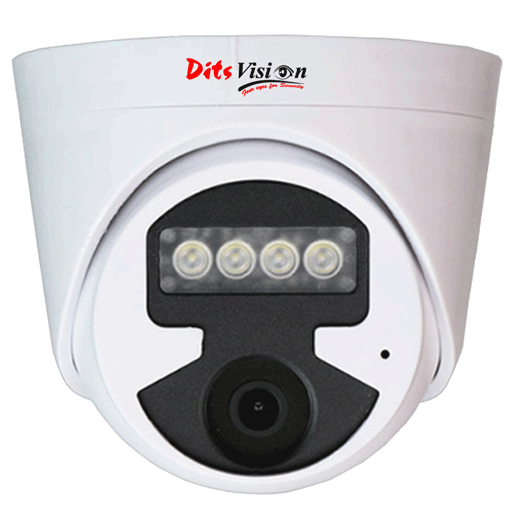
APS-C (Advanced Photo System type-C):
- What It Does: A sensor size commonly used in digital cameras, smaller than full-frame sensors.
- Use Case: Balances image quality with compact camera body sizes, often found in mid-range DSLRs and mirrorless cameras.
- Example: APS-C cameras are popular among hobbyists and semi-professional photographers.
TTL (Through The Lens):
- What It Does: Refers to metering or focusing systems that rely on the lens’s view.
- Use Case: Ensures accurate exposure and focus based on the actual image seen through the lens.
- Example: TTL flash metering adjusts the flash output for the correct exposure.
LCD (Liquid Crystal Display):
- What It Does: A screen technology used in cameras for displaying images and settings.
- Use Case: Provides a visual interface for composing shots and reviewing images.
- Example: Most digital cameras have an LCD screen for menu navigation and image preview.
EVF (Electronic Viewfinder):
- What It Does: A digital display used to preview what the camera will capture.
- Use Case: Offers a clear and detailed view, especially in bright sunlight where LCD screens can be hard to see.
- Example: Mirrorless cameras often use EVFs instead of optical viewfinders.
MF (Manual Focus):
- What It Does: Allows the photographer to manually adjust the focus of the lens.
- Use Case: Provides greater control over focus, especially in macro and landscape photography.
- Example: MF is useful when precise focusing is needed, such as in close-up shots.
AWB (Automatic White Balance):
- What It Does: Adjusts the colors to match the actual lighting conditions.
- Use Case: Ensures accurate color reproduction in varying lighting conditions.
- Example: AWB adjusts the camera settings to produce neutral whites under different light sources.
S/N Ratio (Signal-to-Noise Ratio):
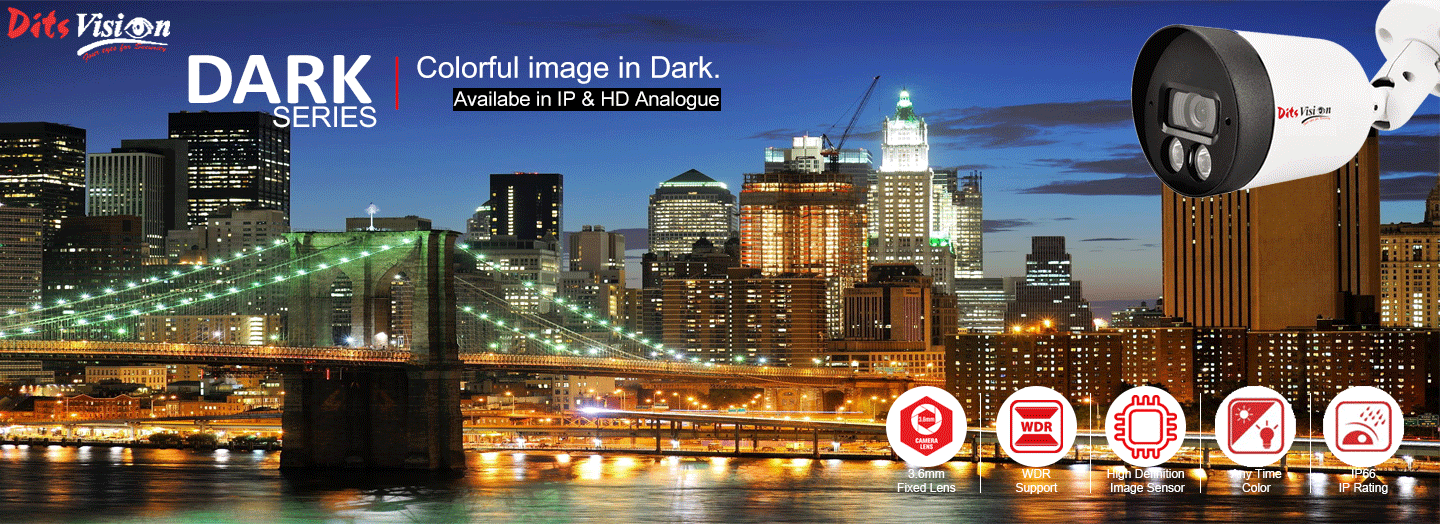
- What It Does: Measures the amount of signal relative to the background noise.
- Use Case: Higher S/N ratios indicate clearer, less noisy images.
- Example: Cameras with a high S/N ratio perform better in low-light conditions.
BLC (Backlight Compensation):
- What It Does: Improves visibility of objects in front of a bright background.
- Use Case: Useful in scenes where the subject is backlit, preventing silhouettes.
- Example: BLC helps capture clear images of subjects with the sun or bright lights behind them.
H.264:
- What It Does: A video compression standard that provides good video quality at lower bit rates.
- Use Case: Widely used for recording, compression, and distribution of video content.
- Example: H.264 is commonly used in video streaming and security camera footage.
VBR (Variable Bit Rate):
- What It Does: Adjusts the bit rate of the video or audio signal to match the complexity of the media.
- Use Case: Provides better quality and efficiency for media files.
- Example: VBR encoding is often used in video and audio recording for optimal file sizes and quality.
C-Mount:
- What It Does: A type of lens mount commonly used for machine vision cameras.
- Use Case: Allows the attachment of various lenses to industrial and scientific cameras.
- Example: C-Mount lenses are used in applications like microscopy and surveillance.
CS-Mount:
- What It Does: A type of lens mount similar to C-Mount but with a different flange focal distance.
- Use Case: Suitable for certain types of surveillance and industrial cameras.
- Example: CS-Mount lenses provide flexibility for different camera setups in security systems.
Meta Description: Learn about essential camera feature acronyms like ISO, FPS, WDR, FOV, HDR, AF, DOF, EV, OIS, CPL, AEB, RAW, JPEG, APS-C, TTL, LCD, EVF, MF, AWB, S/N Ratio, BLC, H.264, VBR, C-Mount, and CS-Mount.
#Keywords: short form of ISO, short form of FPS, short form of WDR, short form of FOV, short form of HDR, short form of AF, short form of DOF, short form of EV, short form of OIS, short form of CPL, short form of AEB, short form of RAW, short form of JPEG, short form of APS-C, short form of TTL, short form of LCD, short form of EVF, short form of MF, short form of AWB, short form of S/N Ratio, short form of BLC, short form of H.264, short form of VBR, short form of C-Mount, short form of CS-Mount, camera features explained.

